How ‘Rural Revitalization’ Could End Hunger

The 2019 Global Food Policy Report describes 2018 as a somber year in the fight against hunger. Global political stability is shaky, and the international development community is facing numerous, concurrent humanitarian crises. The authors describe the circumstances of the 113 million acutely hungry people on the planet as bleak: “Rural areas continue to find themselves in a state of crisis marked by a deepening cycle of hunger and malnutrition, persistent poverty, limited economic opportunities and environmental degradation.”
These rural areas – primarily in Africa – are home to some of the most difficult and persistent challenges, yet they hold the most potential to improve lives and strengthen the global economy. The authors call for urgent action in five critical areas:
1. Employ Rural Workers
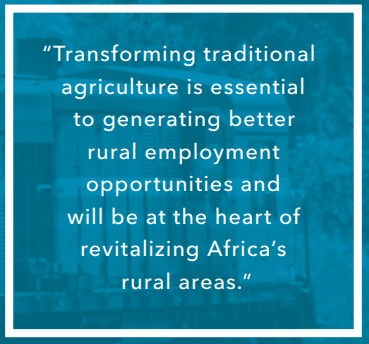
For people to become self-reliant, they must have access to safe, reliable and consistent jobs. There needs to be more rural employment opportunities if we expect communities to grow out of poverty. Jobs in agribusiness and agriculture with be especially critical. We must also create stronger links between rural areas – where food is grown – and urban areas, where farmers can sell their surplus in established markets.
2. Empower Women
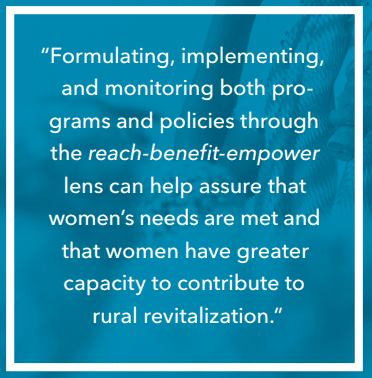
Achieving gender equality is critical to ending hunger. The authors view an equal society as one in which “all members [are] able to participate in and benefit from growth and transformation.” Unfortunately, this isn’t the case in many parts of the world where deep-rooted gender norms, man-made conflict and a lack of equal rights trap women in a cycle of disadvantage, poverty and hunger. With equal rights, it’s estimated that women could add $160 trillion dollars to the global economy and female farmers could produce enough food to feed 100-150 million people.
3. Preserve Ecosystems
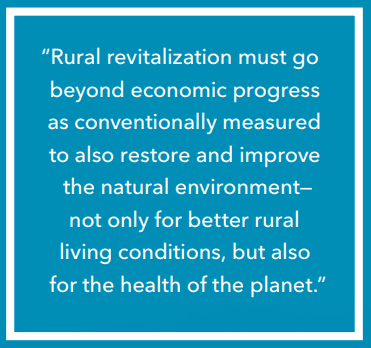
Healthy environments provide the food we need to survive, but they do so much more than that. Fully-functioning ecosystems purify our air and water, provide a source of energy, hold our waste, regulate the earth’s temperature and produce the oxygen we breath. Agricultural innovations like water harvesting, precision farming, and hydroponics can help grow the food people need where they need it in more environmentally-friendly ways.
4. Use Solar and Wind Power
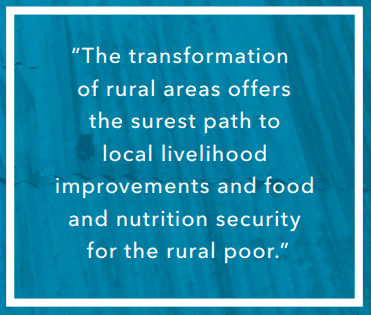
More than 1 billion people lacked access to electricity in 2014, according to this new report, and 90% of them lived in rural areas. Without electricity, an entire segment of the human population is cut-off from the knowledge, resources and opportunities shared by the connected world. “[Solar] systems offer a host of rural livelihood, business, and development possibilities, including the potential to irrigate, store, and transport perishable, nutrient-dense foods.”
5. Establish Local Governance
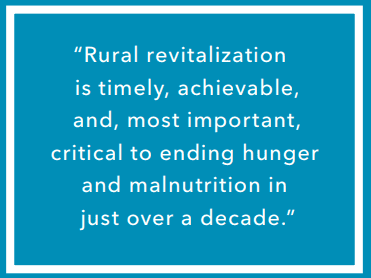
The four initiatives listed above hinge on the roll-out of effective, fair laws and regulations that spark change, keep stakeholders accountable, and “ensure that governments respond to the needs of the poor.” Governing bodies can channel dollars into public works projects that employ rural workers; they can enact policies that give women equal rights; they can set environmental regulations that command businesses to preserve their surroundings; they can establish supply chains to deliver surplus food to the people who need it most.
The authors call for “a systemwide transformation” in the way we live, work, govern and grow our food. It’s true this is no small task. But if we do, we could bring electricity to 1 billion homes, lift hundreds of millions of people out of poverty and end hunger in our lifetime.
Isn’t that worth it?




